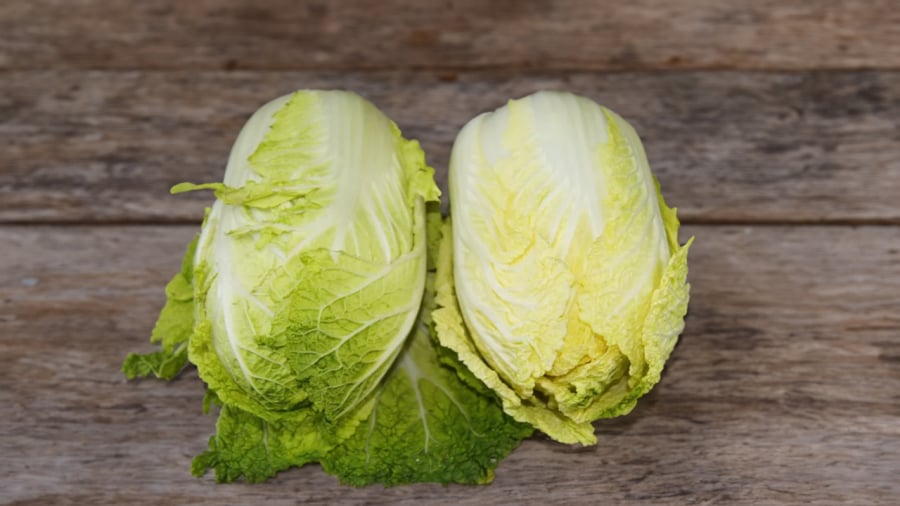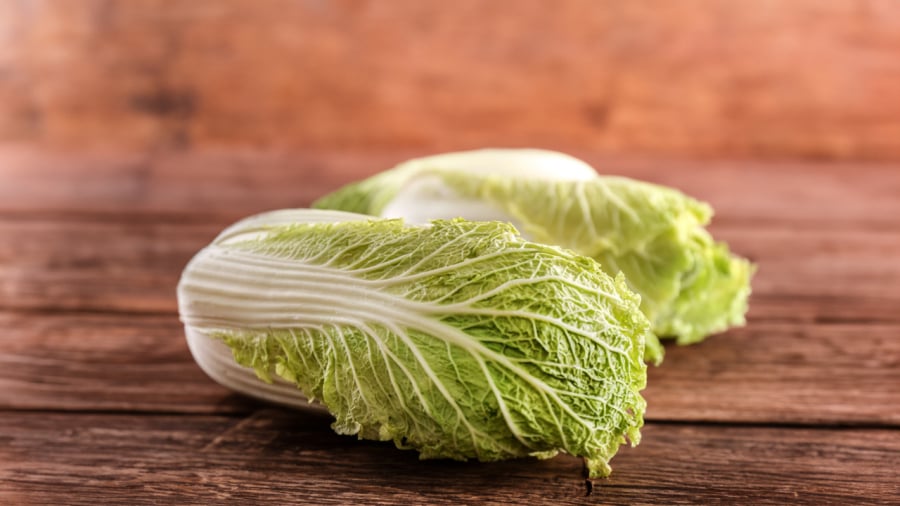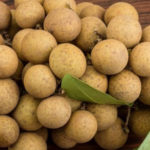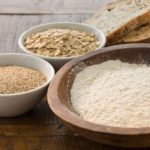Cải thảo is a type of vegetable that many people love. You can use cải thảo to cook soup, stir-fry, boil, eat hotpot… all are delicious. When you go to the market, you will see many different types of cải thảo. But the most obvious and noticeable difference is the color of the cải thảo plants. One type of cải thảo has green leaves and another type has slightly yellow leaves. Looking at the outside, you can see that they have no different shapes at all, but in fact, these two types will have different flavors.
The dark green leaf cải thảo plants usually have thicker stems/stalks. On the other hand, the yellow leaf cải thảo plants will have relatively thinner stems/stalks.

In terms of taste, the green leaf cải thảo will be crispier. On the other hand, the yellow leaf cải thảo will be softer. If you like to eat crispy vegetables, you should choose the green leaf variety, while if you like to eat softer ones, choose the yellow leaf variety.
Both types of cải thảo are rich in vitamins and minerals, good for health. However, the green leaf cải thảo plants are the ones that have a longer growing time, so the fiber content will be higher. Meanwhile, the yellow leaf cải thảo plants have a shorter growing time and contain more water. This type is also rich in vitamin C.
Depending on the intended use, you can choose the suitable type of vegetable.
The yellow leaf type has more water, and can be used for stir-frying, seasoning, pickling…
The green leaf type will have less water, more fiber, and firmer texture, so it can be used for making soup, stewing.

Due to the different water content of these two types, the storage time is also different. The yellow leaf cải thảo plants contain more water, so they are prone to rotting, becoming mushy, and can only be kept for about 10 days after harvesting.
On the other hand, the green leaf cải thảo plants have less water and can be stored for a longer time. If you want to store vegetables for a long time, you can choose this type.
When storing, you need to place the cải thảo plants in a cool and well-ventilated place, avoid direct sunlight. It is advisable to remove wilted or damaged leaves before storage. If needed for longer storage, put the vegetables in the refrigerator.






































